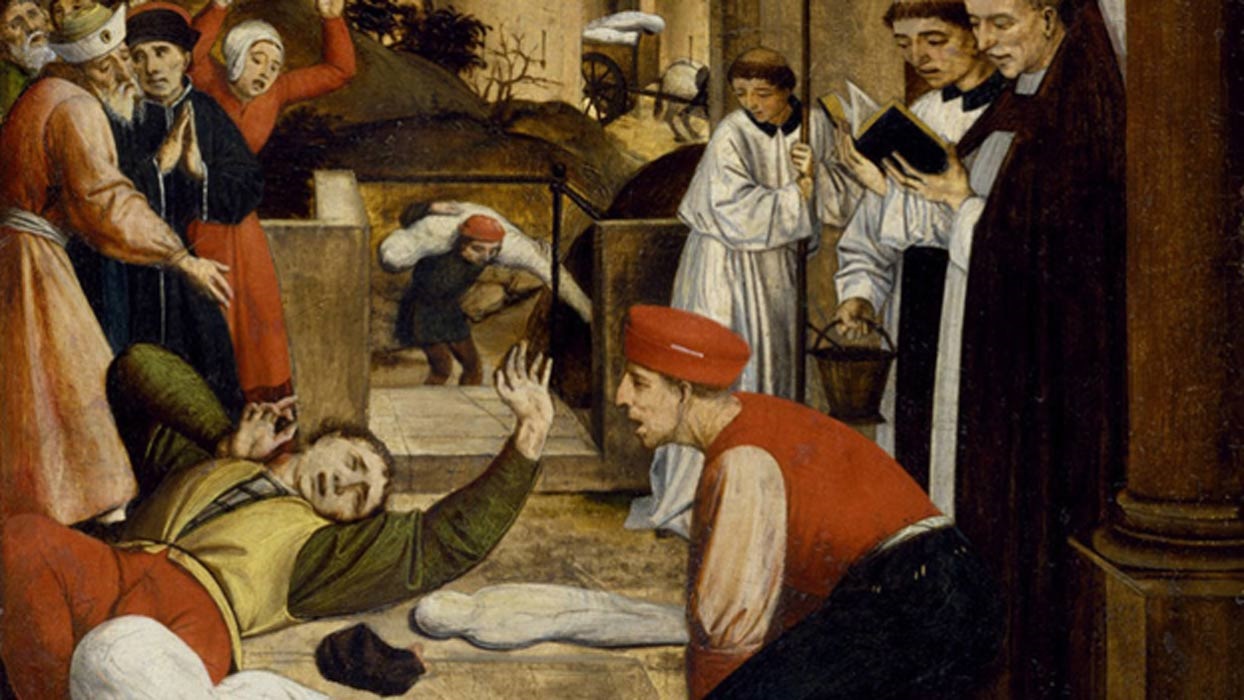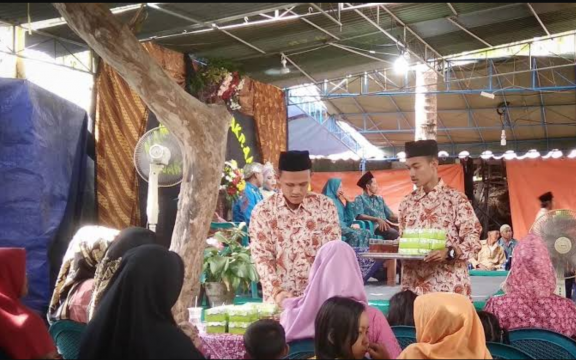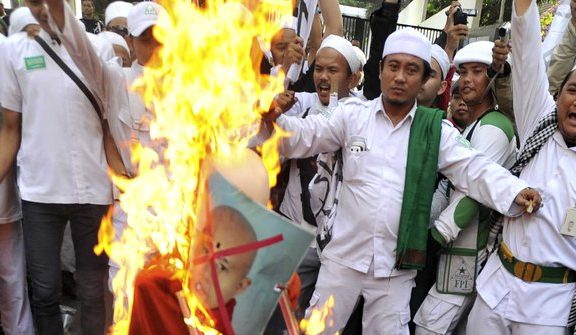Ideals and Realities of Islam is a book written by Seyyed Hossein Nasr, one among prominent modern Muslim scholars. The book consists of his lecture compilation at The American University, Beirut. Consisting of six chapters, Nasr lays out about Islam and Muslims nowadays. Instead of discussing the gap between the two, Nasr discusses the “ideal” Islam at the time of Prophet Muhammad and its “reality”, increasingly complex progress in modern world nowadays.
Nasr invites us to fathom Islam with its spacious dimensions. He explains subjects on which Islam must focus for fourteen centuries of its journey. In addition, he also reveals the various thoughts in Islam. Both in Sufism, a common spiritual journey undertaken by the mystics, as well as in Sharia, the legal boundaries that must be obeyed by Muslims. As a Professor in Islamic studies, Nasr elaborates the theme of the Qur’an which underlays Muslim guidelines. He assumes that Qur’an is the source of all sciences, both metaphysical and religious source of knowledge. (p.32)
Islam differs itself from other religions. Not only providing guidance in spirituality, but also regulates human relations. All of those belong to the Sharia domain thus have made Sharia rules seems so rigid and binding. Even limiting human desirability. But we could not treat all communities and groups the same way once it comes to enforcing a Sharia law. Indigenous wisdom, local habit, social condition, or commonly called by ‘ urf should be apart of Sharia consideration. For example, on how covering women’s aurat (intimate parts of human body) in Islam, Muslim scholars suggested various opinions with broad consideration.
Principally women should wear a veil covering their head, but in some Middle eastern countries women wear a burqa which covers the whole body from the tip of the hair to toe. According to Nasr’s point of view, the aurat covering could be different anyway if applied in Indonesia. Could you imagine the female farmers in the villages every day go to the soaky rice field and river to bathe a buffalo, wearing a niqab or burqa? Islam does not derive the value of everything being substantial and material uniformity, but integrate and preserve the origin (p. 22).
Current phenomenon reveals that people getting more radical and reactionary against innovation and different practices in Islam. The book provides explanation that Islam does not have to be solely in one single form, as long as retaining its original character. So is it still a problem if any Muslim scholar feed a hunger and wounded dog – an animal with the highest impurity in Islam – ? while Islam also taught how to clean the impurity?
Muslims is often viewed as a circle, and the range of the circle is pathways to the center, towards God. Sufis say that the path to God is as much as Adam’s descendant. I believe that every people has their right to increase deity in their own way. There are some people believe that wearing hijab should cover all over body, while the others don’t. There are some Muslims perceive to lengthen your beard is sunnah, but some others are not. Some Muslims do qunut du’a in Subh prayer and some other don’t, and many other cases. Mutual respect and tolerance will be the best choice we could do.
Beside of clarifying on managing internal difference in Islam, Seyyed Hossein Nasr also explains personality of the Prophet Muhammad which is completely different with the prophetic characters outside Islam. Through his insight of other religion and beliefs, the author is able to explain the personality of Prophet which becomes the role model of Islam.
“The personality of the Prophet actually could not be understood by comparing him with Christ or Buddha, whose teachings handed-down mainly to the sainthood. Christ and Buddha established a religious community which is based on the life of the monastery and became the norm throughout the community then.” (p. 48)
Seyyed Hossein Nasr believes that a character who covers double roles as a spiritual and political leader is rarely known in the Christian, or other religions. Especially, in modern era where political and religious life is separated under secularism. Prophet Muhammad had a considerable role in both aspect. He participated fully in social life as a merchant, a husband, a father, a leader of state, and the leader of battle as well as his role as a prophet. thus it may signify the Islamic values that cover many aspects in life.
To sum, the book provides basic, yet powerful explanations on understanding Islam. Simply said, the book is a pioneer work of modern Muslim scholar that describes perennial Islam eloquently.
![Islami[dot]co](https://en.islami.co/wp-content/themes/jambualas/images/logo.png)










